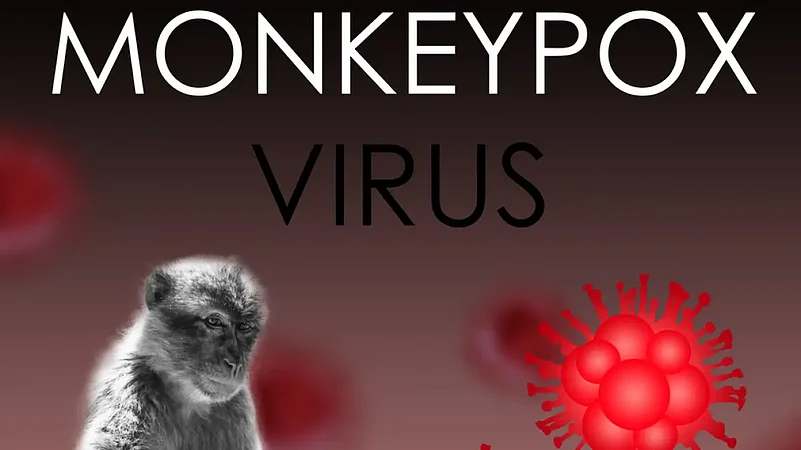A 21-day isolation, wearing masks, following hand hygiene, keeping lesions fully covered and waiting for those to fully heal are among the guidelines by the Central government for monkeypox patients and their contacts.
The national capital has reported one confirmed case of monkeypox, taking the total number of such patients in the country to four.
Till now, 14 contacts of Delhi’s first monkeypox patient have been identified and none of them has shown symptoms, sources said, adding one of the contacts had complained of body ache but he is doing fine now and has no symptoms.
Another suspected case has been admitted to the Lok Nayak Jai Prakash (LNJP) Hospital in Delhi and the samples have been sent to the National Institute of Virology, Pune.
Advertisement
Officials, however, said there is no need to panic. One has to stay in isolation for 21 days from the last contact with a monkeypox patient or their contaminated materials, they said.
Monkeypox is a viral zoonosis – that gets transmitted to humans from animals – with symptoms similar to those seen in smallpox patients, albeit clinically less severe.
Because of the recent developments, the Centre issued guidelines for monkeypox management. The Delhi government has directed its hospitals and 11 revenue districts to follow the guidelines.
The Centre's guidelines state that health workers who have unprotected exposure to monkeypox patients or possibly contaminated materials need not be excluded from duty if asymptomatic but should undergo surveillance for symptoms for 21 days.
Advertisement
The infected person should wear a triple-ply mask while the skin lesions should be covered to the best extent possible to minimise the risk of contact with others, according to the guidelines.
It stated that patients should remain in isolation until all lesions have healed and the scabs completely fallen off. Explaining the process of identifying a contact, an official said a person who comes in contact with an infected person through face-to-face exposure, direct physical contact, or comes in contact with contaminated materials such as clothing or bedding is identified as a primary contact.
"District surveillance teams ask contacts to self-monitor their symptoms and stay in touch with them. Preferably, the contacts should isolate themselves in separate rooms but they can also stay in the same room. They should ideally wear a mask and follow hand hygiene and social distancing norms," an official said.
The official also said the asymptomatic contacts should not donate blood, cells, tissues, organs or semen while under surveillance. Monkeypox typically manifests itself with fever, headache, rashes for up to three weeks, sore throat, cough and swollen lymph nodes.
The symptoms include lesions, which usually begin within one to three days of the onset of fever, last for around two to four weeks and are often described as painful until the healing phase when they turn itchy.
In May this year, multiple cases of monkeypox were identified in several non-endemic countries. Globally, over 16,000 cases of monkeypox have now been reported from 75 countries and there have been five deaths so far due to the outbreak. The World Health Organisation (WHO) has declared monkeypox a global public health emergency of international concern.




















